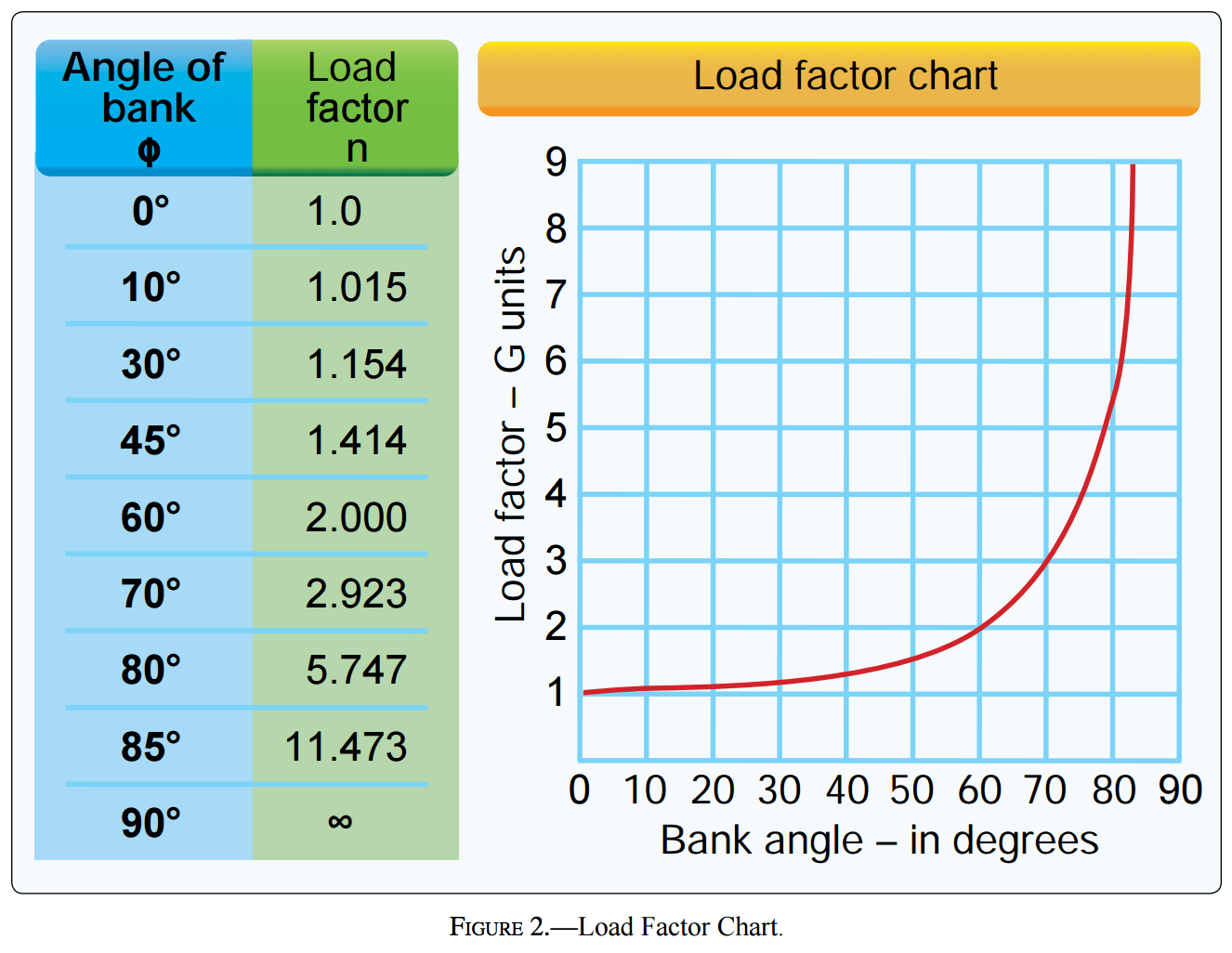FAA Part 107 Study Guide
Loading and Performance basics
The main points here are:
- Flying any aircraft overweight is detrimental to performance.
- Follow the manufacturer’s recommendations.
Weight
An overloaded aircraft may not fly at all. If it does:
- Flight time is reduced
- Climb rate is reduced
- Stability is reduced
- Excess thrust available is reduced, which may result in crash especially in windy conditions.
Follow the manufacturer’s recommendation concerning maximum payload (weight that can be carried). If no information is available, do not fly with non-standard payloads.
Balance
Balance of an aircraft is also critical, in the case of airplanes it’s almost more important than weight.

The center of gravity (CG) must be located within the manufacturer’s recommended tolerances. Improper loading can be embarrassing on the ground, but can be catastrophic in the air.
For a multirotor such as Solo, the ideal CG is typically at the center of the aircraft.
The center of gravity (CG) is the theoretical point at which the force of gravity appears to be concentrated on the vehicle. In other words, if you were to suspend the vehicle from that point, it would balance. The CG is crucial to multirotor performance and, if incorrect, can result in an uncontrollable vehicle. If a quadcopter uses an X configuration, the point where the crossed arms meet is the ideal CG.
To assist with payload placement, some aircraft have indicators on the frame showing the proper CG location. Aircraft manuals usually publish an acceptable CG range, longitudinally and laterally, away from the ideal CG. When using an aircraft that can accept different payloads and batteries, it is important to check that the CG is correct before every flight. The typical payload is in a fixed position in front of the aircraft while the battery slides back and forth to achieve the correct CG.
Improper placement of the CG results in the motors on the heavy end of the vehicle working harder than the others. If the CG is too far off, the motors on the heavy end can reach 100% power in flight, leading to a loss of altitude or loss of control of the vehicle.
For airplanes, improper CG can lead to the control surfaces not be able to control the aircraft.
Load factor
Anytime an aircraft is an attitude other than straight and level flight (unaccelerated), load is imposed on it. This is very noticeable in airplanes while in turns.

Using the load factor chart, you can see that an airplane banked 60º will experience twice its load. If the airplane weighs 30 pounds, the wings will need to support a load of 60 pounds.
That same airplane in a 45º bank would only have a load factor of 1.4.
30 X 1.4 = 42 lbs
You are likely to see a question that uses this chart on the test.
Density altitude
- Flying in dense air is ideal.
- Density Altitude is a measure of air density.
- In standard conditions, true altitude (above sea level) = density altitude.
In standard atmospheric conditions (ISA), the density altitude at the beach in San Diego (sea level) is 0 feet, while the density altitude in Denver is 5500 feet.
However, if temperature increases, humidity increases or air pressure decreases from standard, the density altitude goes up (the air becomes less dense).
Hot + Humid + Low Pressure = High Density altitude
For example on a hot summer day in Denver, with high humidity and a temperature over 100º F, the density altitude would be over 10,000 feet even though the true altitude of 5500 feet is unchanged. The aircraft “feels” as if it was at 10,000 feet and its performance will be decreased.
High Density altitude = Decreased Aircraft performance
Automated Weather Systems often calculate density altitude for you. Or you can use a Density Altitude calculator.
Interested in working with us?
We are always looking to partner with like-minded organizations and to hire talented people. Send us a message to start the conversation.

